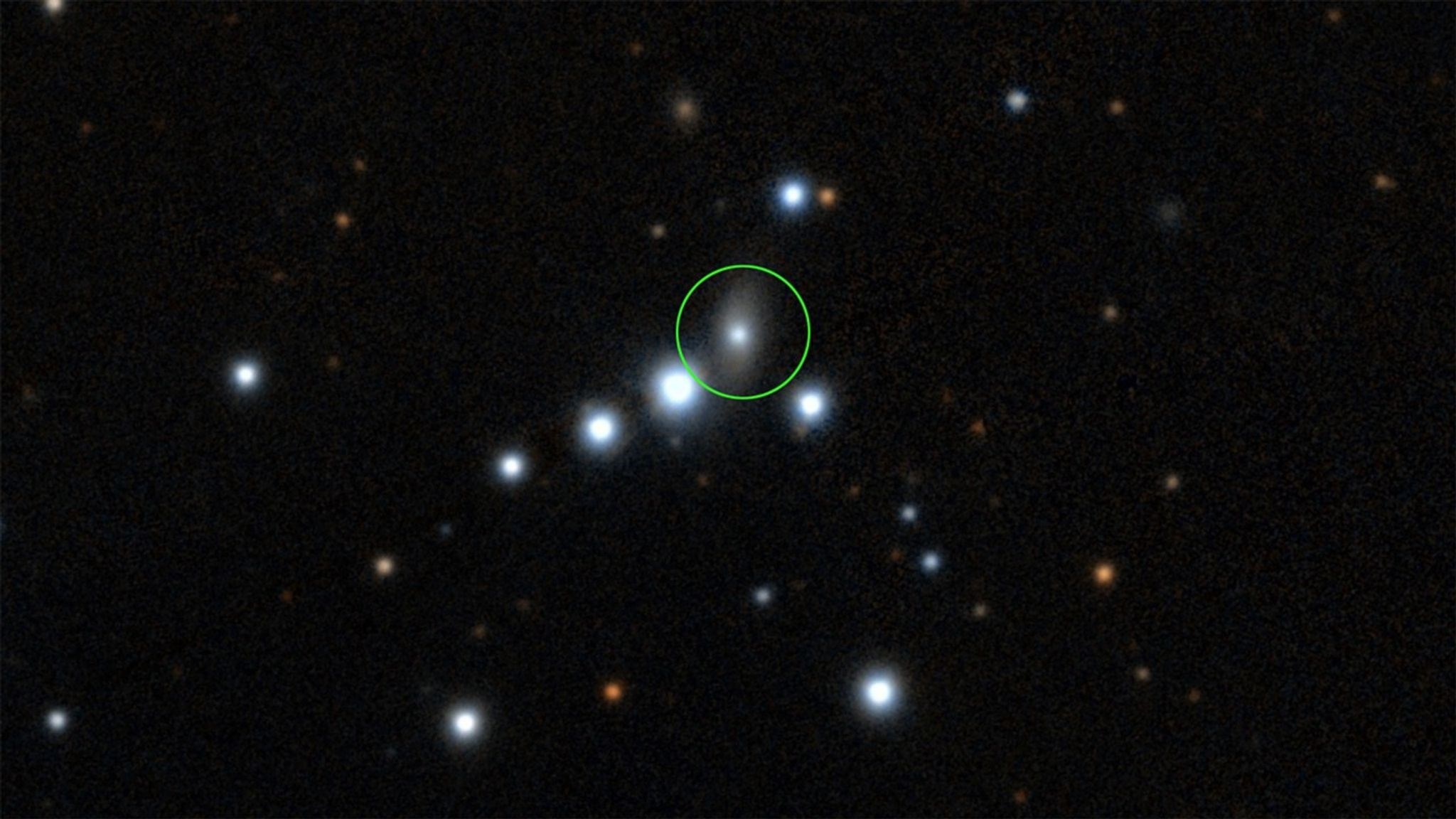See Full Size
270 million light years away
The center of this event is in the constellation Draco, approximately 270 million light years away from 1ES 1927+654 There is a galaxy named. In the center of this galaxy 1.4 million times larger than the Sun one with mass supermassive black hole It is located. The optical, ultraviolet and X-ray explosions that the black hole exhibited in 2018 attracted the attention of scientists. Associate Professor Eileen Meyer from UMBC (University of Maryland Baltimore County) said that these activities began to change during the observations, and since then many teams have been keeping a close eye on the black hole.
After the explosion, the black hole appeared to return to a quiescent state for about a year. However, starting from April 2023, data from NASA’s Neil Gehrels Swift Observatory and NICER telescope revealed that an increase in low-energy X-ray levels was observed that would last for months.
First real-time observation of plasma jets
The team led by UMBC and NASA’s Goddard Space Flight Center conducted new radio observations following this increase. Analysis showed that a strong and highly unusual radio burst was ongoing. Further investigations were conducted through NRAO’s (National Radio Astronomy Observatory) VLBA (Very Long Baseline Array) and other facilities. Thanks to the very high resolution capability of VLBA, very detailed images of the plasma jets coming out of the black hole were obtained. It is stated that the total size of these jets is approximately half a light year long.
Astronomers have long wondered why only a fraction of monster black holes produce powerful plasma jets, and these observations could provide critical clues.
On the other hand, Meyer “Ejection of a black hole jet It has never been observed in real time before. “We think the outflow started earlier, when the X-rays increased before the radio burst, and that the jet was hidden from view by the hot gas until it exploded early last year.” he said.
Mysterious fluctuations in X-rays
See Full Size
If this represented an orbiting object, it was now traveling at half the speed of light. Then something unexpected happened; Ripple time fixed. Scientists say they are shocked by this fixation and add: “But we realized that as the object approached the black hole, its strong gravitational pull could begin to tear matter away from the companion object. This loss of mass could offset the energy released by the gravitational waves and stop the companion object from moving inward.”
So what might this companion object be? A small black hole would fall directly into it, and a normal star would be quickly torn apart by tidal forces near the massive black hole. However, the team decided to use a low mass white dwarf He found that a black hole — an Earth-sized stellar remnant — can remain intact near the event horizon, even as it loses some material. It is stated that this hypothesis can be confirmed in the future with the LISA mission (Laser Interferometer Space Antenna) developed in partnership with ESA and NASA.
This news our mobile application Download using
You can read it whenever you want (even offline):




